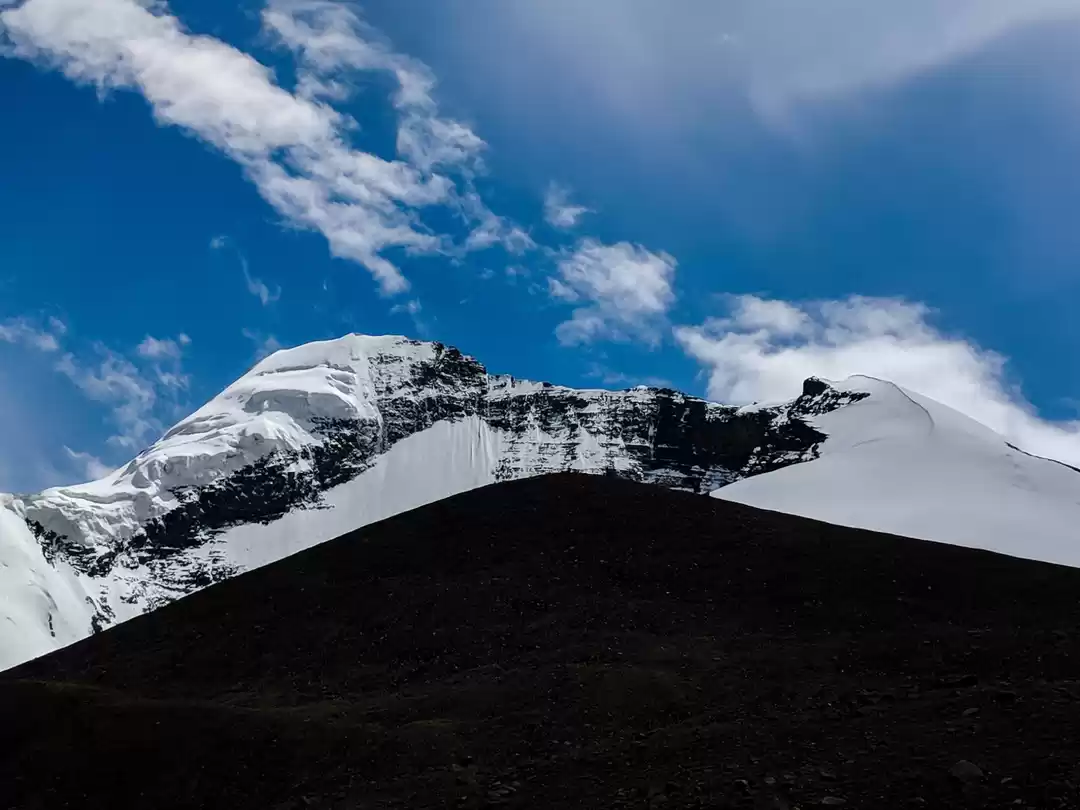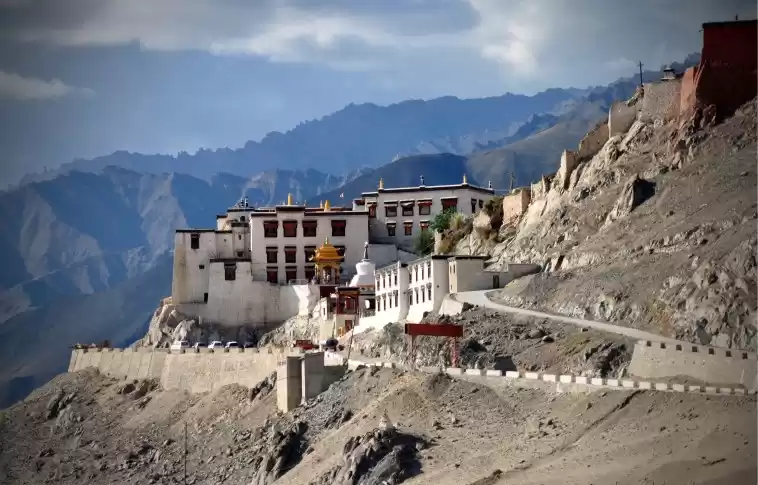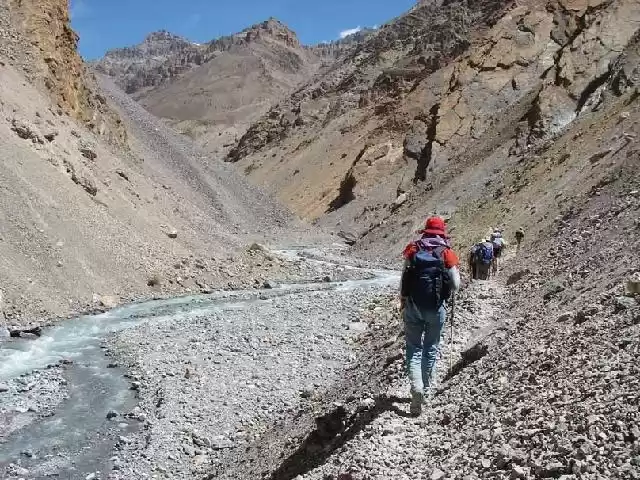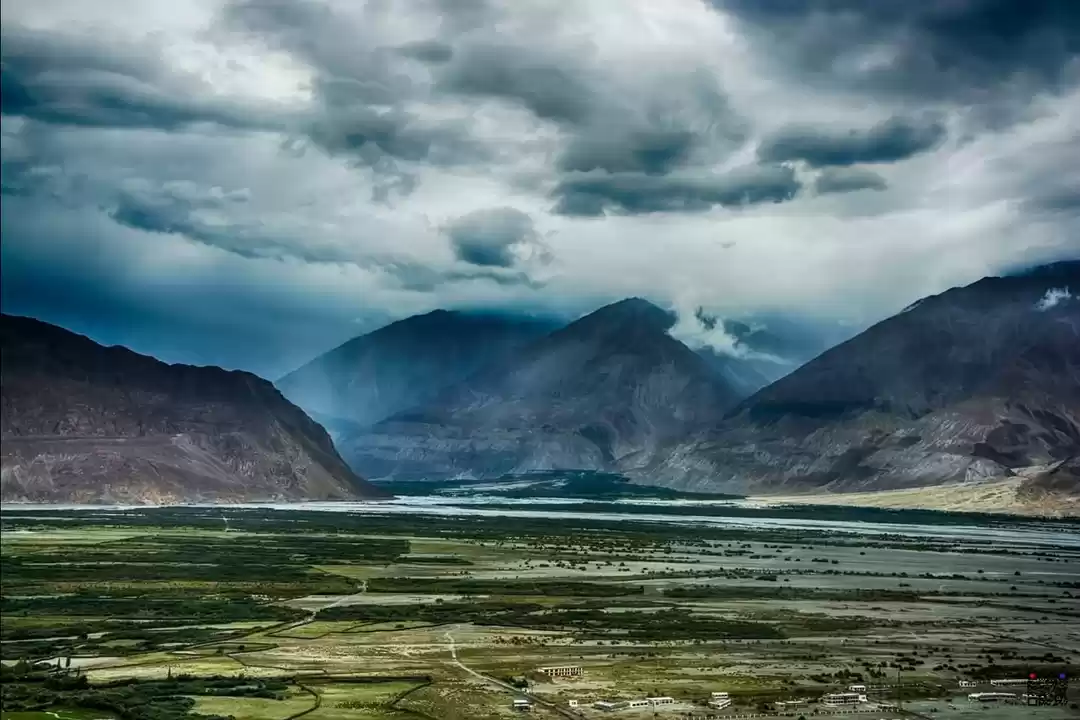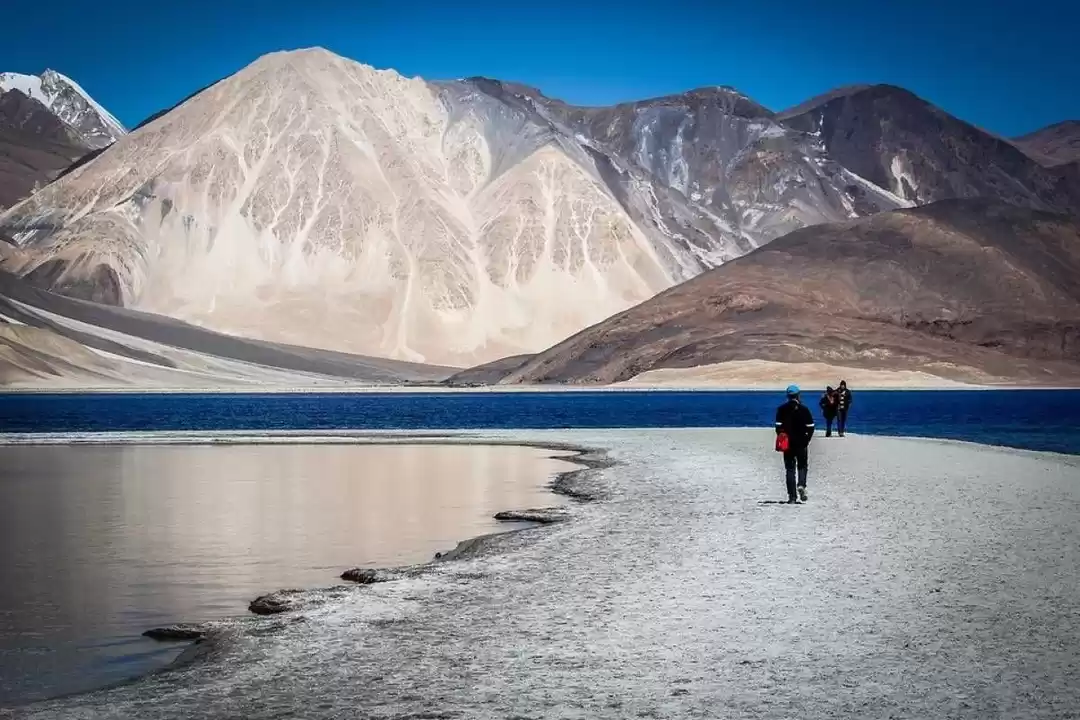Markha valley is the closest you get to classic Annapurna circuit style tea-house trek in India (where I trekked in March last year).
I hiked Markha valley in late September, 2016 which is about the end of the season here. The video at the bottom of this post shows a glimpse of the whole experience.

The stark contrast of colors created by green fields along the Markha river bed with dry barren mountains on both sides and clearest blue skies makes for an incredible and unique landscape. Not to mention the warm hospitality of Markha people combined with you being in a complete disconnect from the outside world provides a chance for an amazingly immersive experience as you find yourself in an altogether different world.
Duration
Starting from Leh and ending the trek at Leh, it takes about 7-8 days depending on your speed and the number of rest days, if any, that you take along the way. Unless you’re an experienced hiker, I’d recommend planning for 10 days which gives you enough time to enjoy the trek. Count at-least one full day of acclimatization in Leh before the trek. A shorter version of the trek saving two days is also possible as described later in the post.
Logistics
If you've trekked before and understand the basics, challenges and risks, Markha valley makes for an amazing Do-It-Yourself (DIY) trek without a requirement of guide/porter and without needing to carry significant provisions of food, camps, etc., which would be needed for trails not having any villages en-route (like Pin-Parvati trek, Chadar trek, etc). The arrangement at homestays is such that some of the village homes double up as a (very basic) guesthouse allowing you to stay in the extra rooms they have. Mostly, the rooms are built of thick walls with a multi-layered roof of wooden logs and a top layer of mud. This keeps the inside naturally warm, with mattresses, blankets/quilts provided as well to fight the cold as it goes freezing outside. Meaning you also don’t really need a sleeping bag. The lighter the backpack, more enjoyable the trek! :)
Very often, especially when it’s less crowded, you get to have dinner with the host family in the common dining room while getting to know about life in this high altitude region far away from the city life. When it gets crowded and the rooms are full, the dining rooms which are quite big, also serve as a place for many travelers to get a shelter and rest. You get dinner and breakfast at the homestay and packed lunch in the morning when you leave to continue the hike to next village. The villages are far from each other and very often the packed lunch is the only food you have during the whole day before you arrive at the next village.
The homestays help making it easy to trek without the help of a guide/porter. Which is what I personally prefer. Don’t have anything against those folks but I just like the full freedom I get being completely on my own. By staying in the homestays you’re directly contributing to the local economy, if that is something you want to contribute to. The homestays in the villages throughout the trail provide a gem of an experience. In my opinion, the experience is even more authentic and closer to the local culture as compared to the hotel-ish teahouses of the more popular treks in Nepal.
Markha valley trek

The trek is usually done in counter-clockwise direction. It starts from Zingchen (3400m), where you can get a taxi drop from Leh. Zingchen is the first village with 4-5 houses in total with two also serving as homestays. Moving ahead from Zingchen you arrive at a trail diversion. The left one takes you to Rumbak and beyond to the Stok. The right one continues to Yurutse (4100m) with a single homestay which is often packed. Even at the end of the season, it was packed by the time we arrived and I had to find a sleeping place in the dining room.
After Yurutse starts the climb to Ganda la (4900m) and after a long hike you cross the pass and walk downhill with Shingo being the first village. Further down you reach the trail meeting the Markha river valley at Skiu (3400m). This is where you start hiking the actual Markha valley. Taking a left from here takes you up the Markha valley while towards the right is an exit via Chilling. Instead of starting at Zingchen, you can alternatively start the trek from Chilling. Chilling is connected with Leh by road, so you save about two days and skip the early pass crossing for even better acclimatization as you move up the valley.
After Skiu, the trail heads up to Markha (3700m) and Hunkar (4000m) and then to Nimaling (4800m). All the villages in the valley are really nice with awe-inspiring views. The valley falls under Hemis national park and occasionally you see herds of mountain deer and blue sheep, especially in the upper section of the valley. You’d need to be really lucky to spot the elusive snow leopard, though. Nimaling – also known as freezing nights pass – is literally the coldest I felt on the whole trail. There are no permanent houses here, it’s just a group of camps.


After Nimaling begins the hike up to Kongmaru la (5300m) from the top of which you get some incredible views on both sides of the pass. Crossing the pass you’re going down the other side reaching one of the villages on the way staying for a night or directly catching a taxi to Leh from somewhere near Shang sumdo.
Closing thoughts
Even being solo, you don’t really ever feel lonely on these treks as you keep meeting other travelers on the trail and even more so at the day’s end in the homestay. During my trek, I met people from different parts of the world all the time and surprisingly didn’t see a single Indian traveler the whole time.
I think the best thing about such long treks isn’t getting a break from the usual, not even the amazing views you get to see, not the fact that you get to know yourself better. All those are there AND true. But the best thing has to be the new perspectives you come across during discussions with people from different cultures and countries. I find that enlightening!
Finally, here is a video which I compiled with lots of love. The first half is Markha valley (the second half is Spiti). Check it out. Keep the speakers on. :)
Have any questions or something to share? Do let me know in the comments below. :)







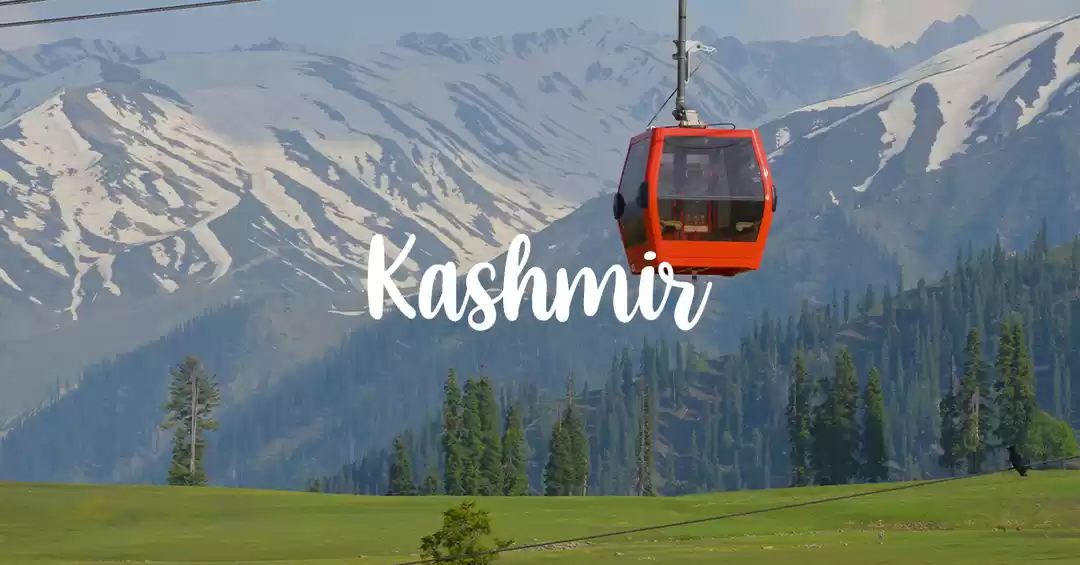

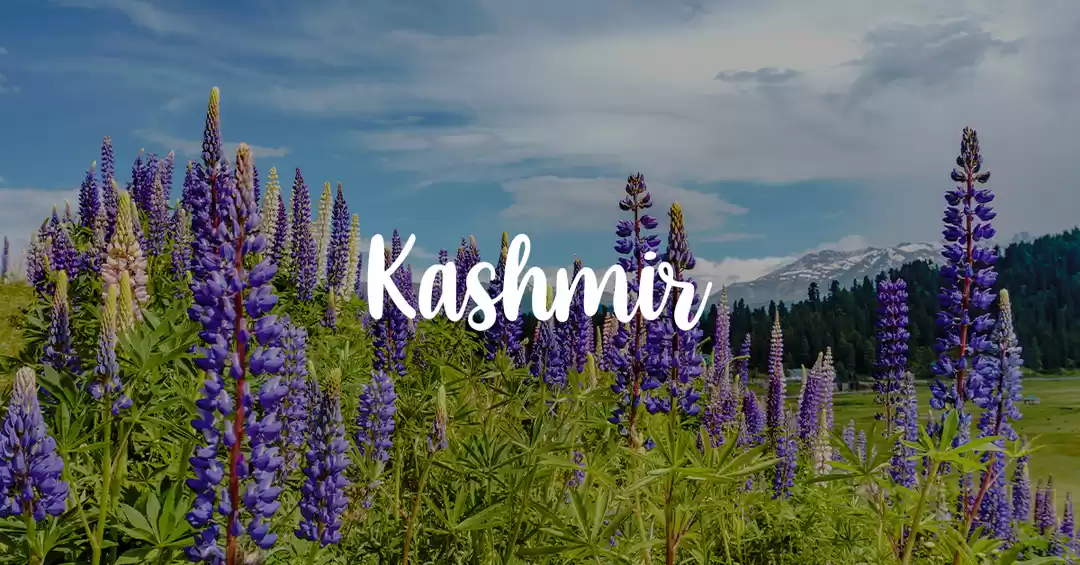
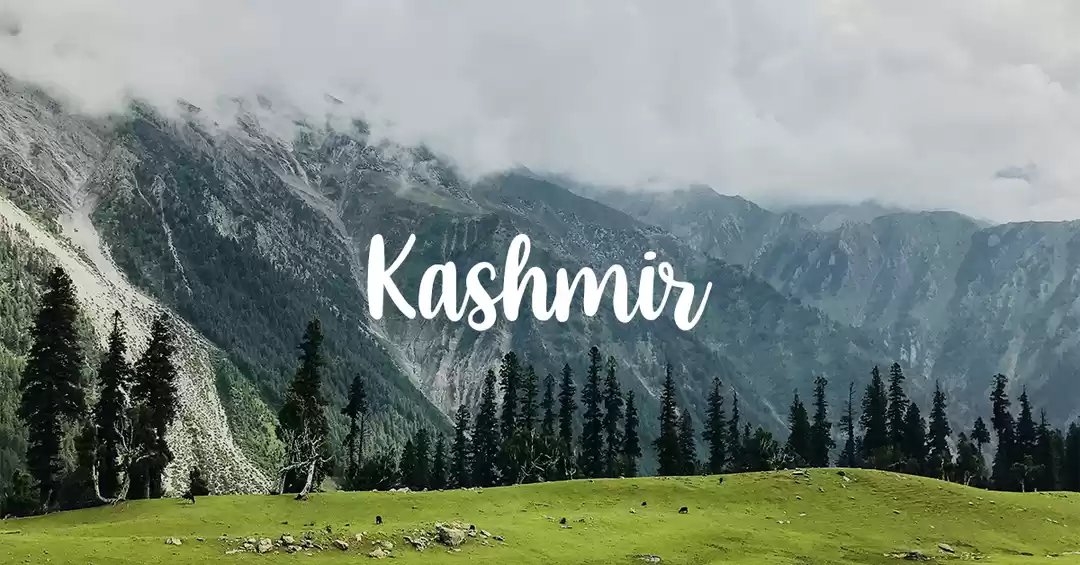
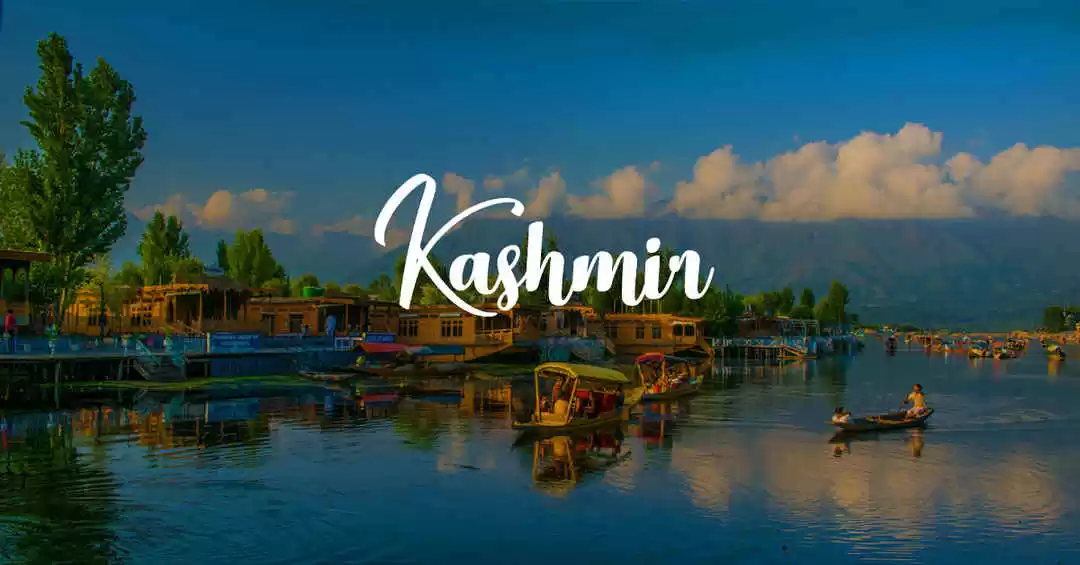


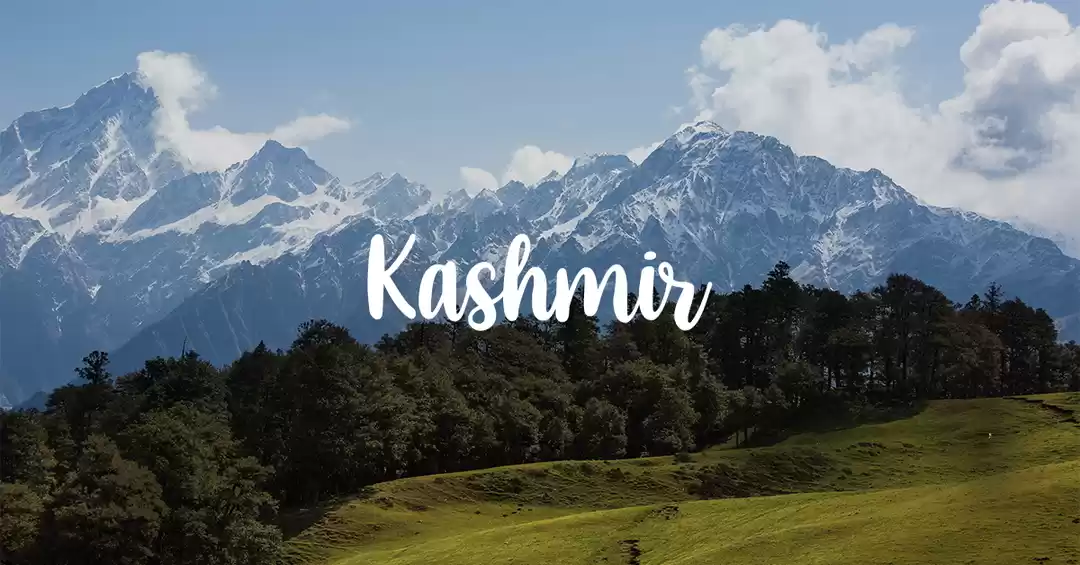
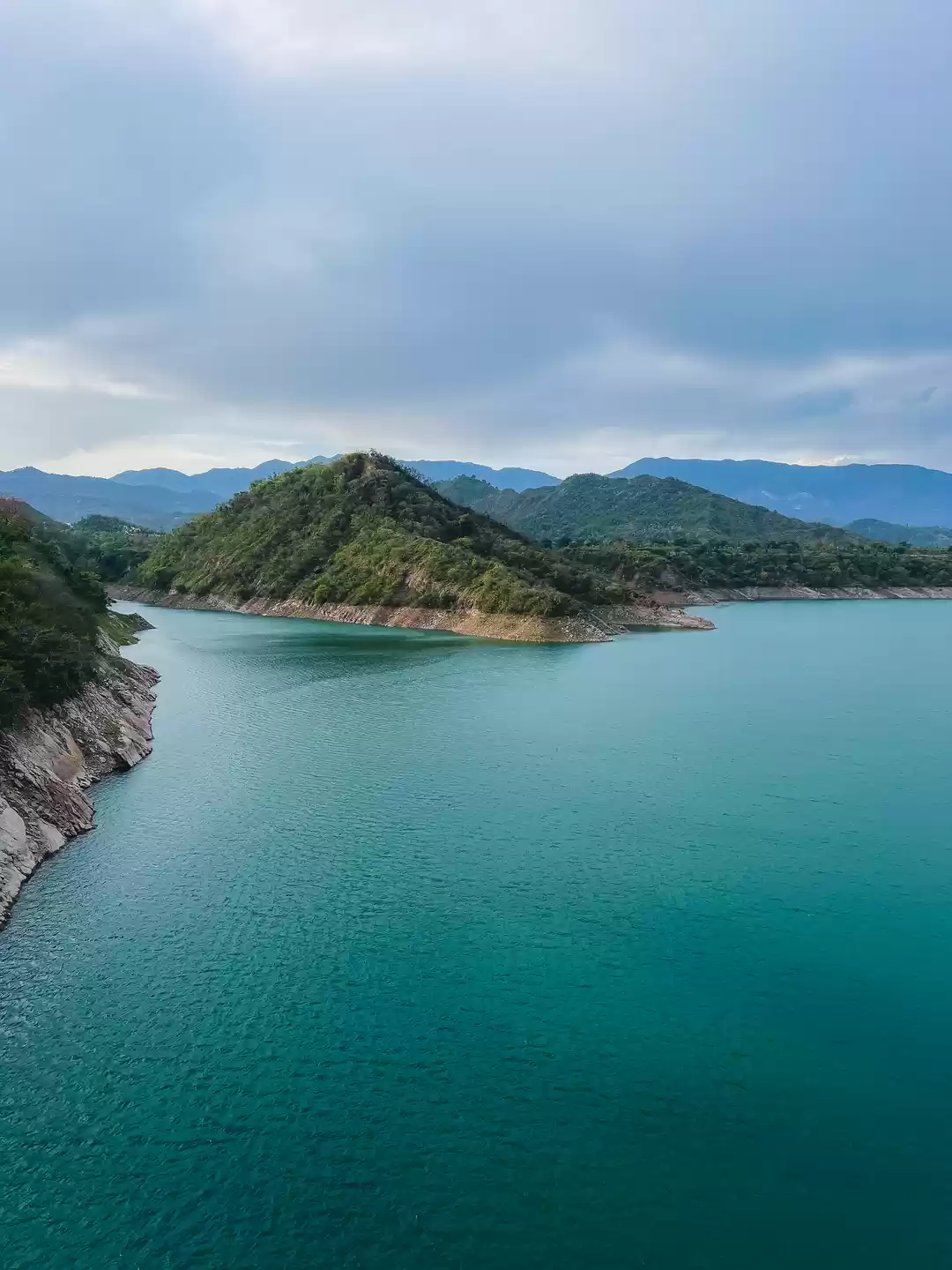
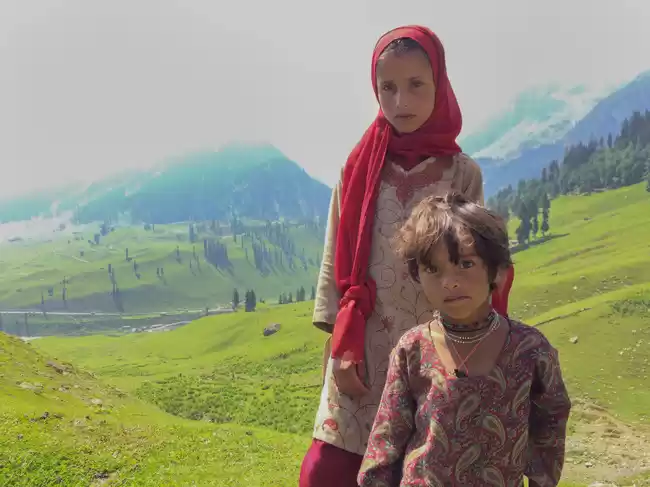
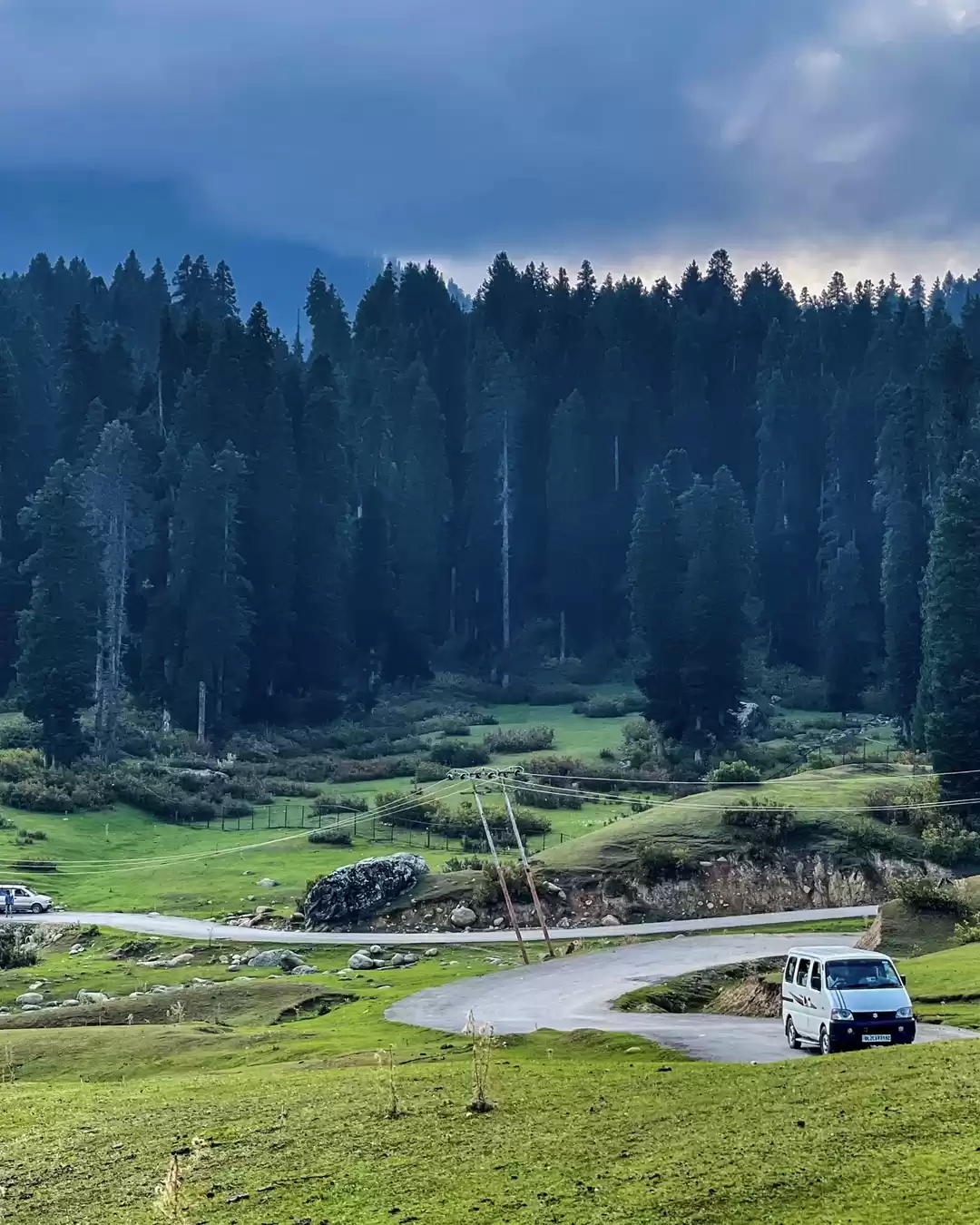
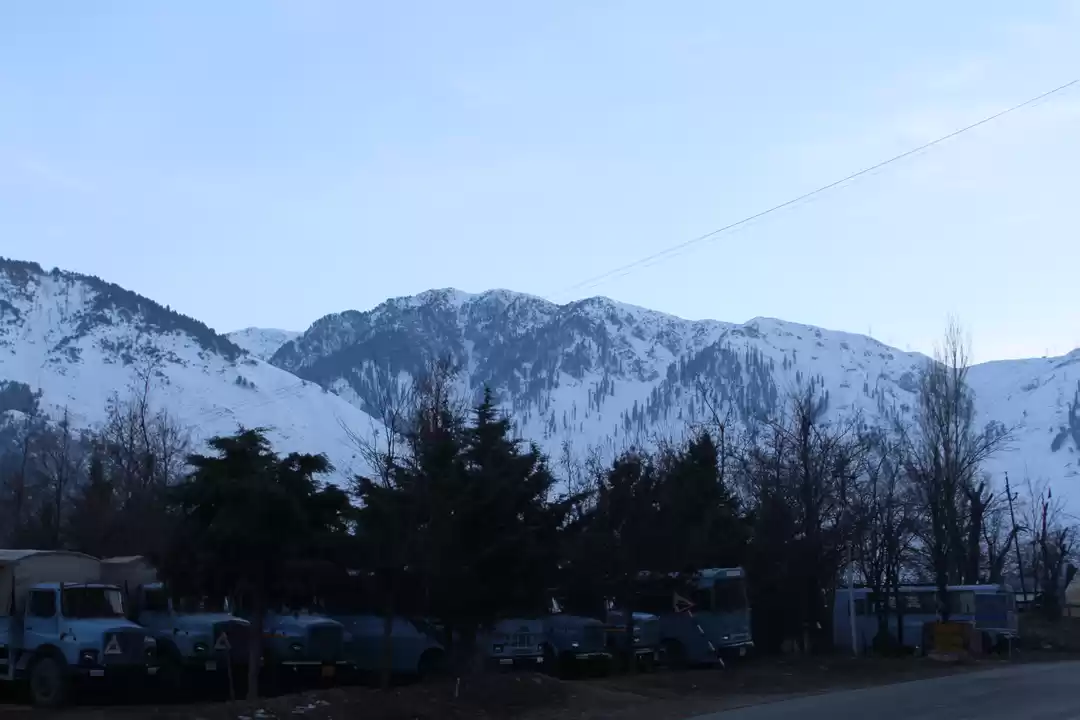
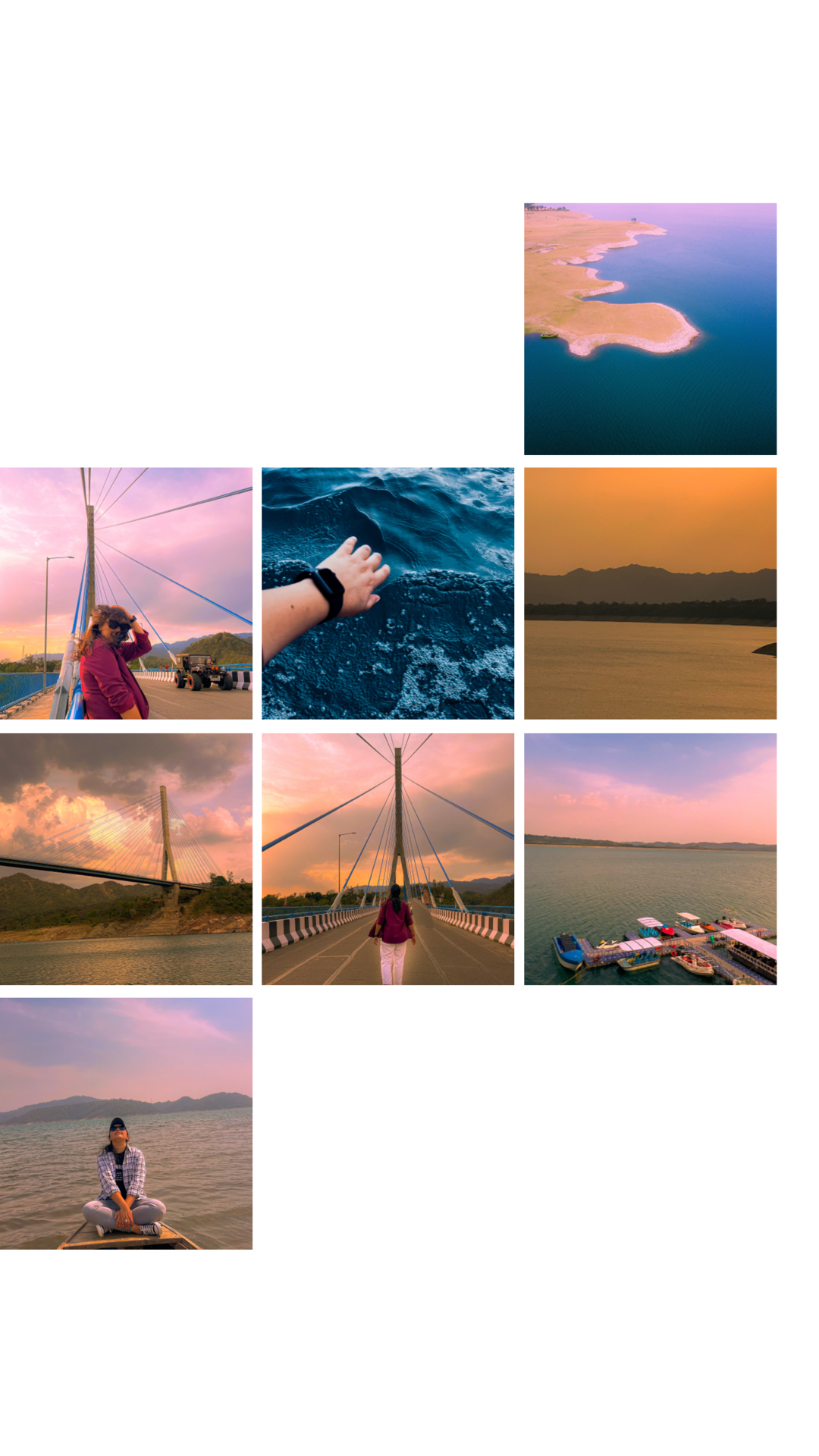
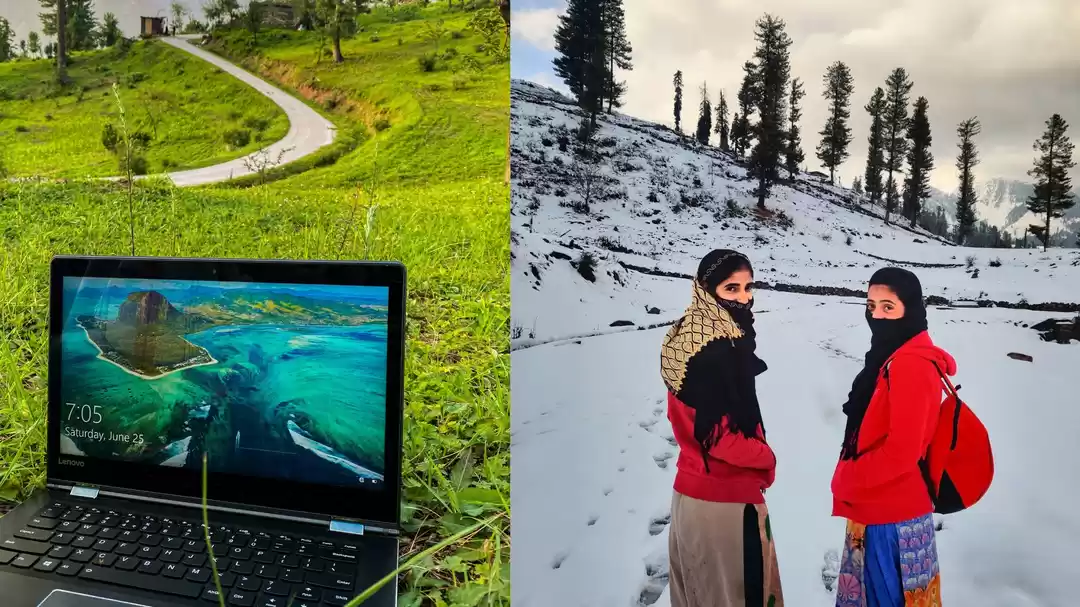
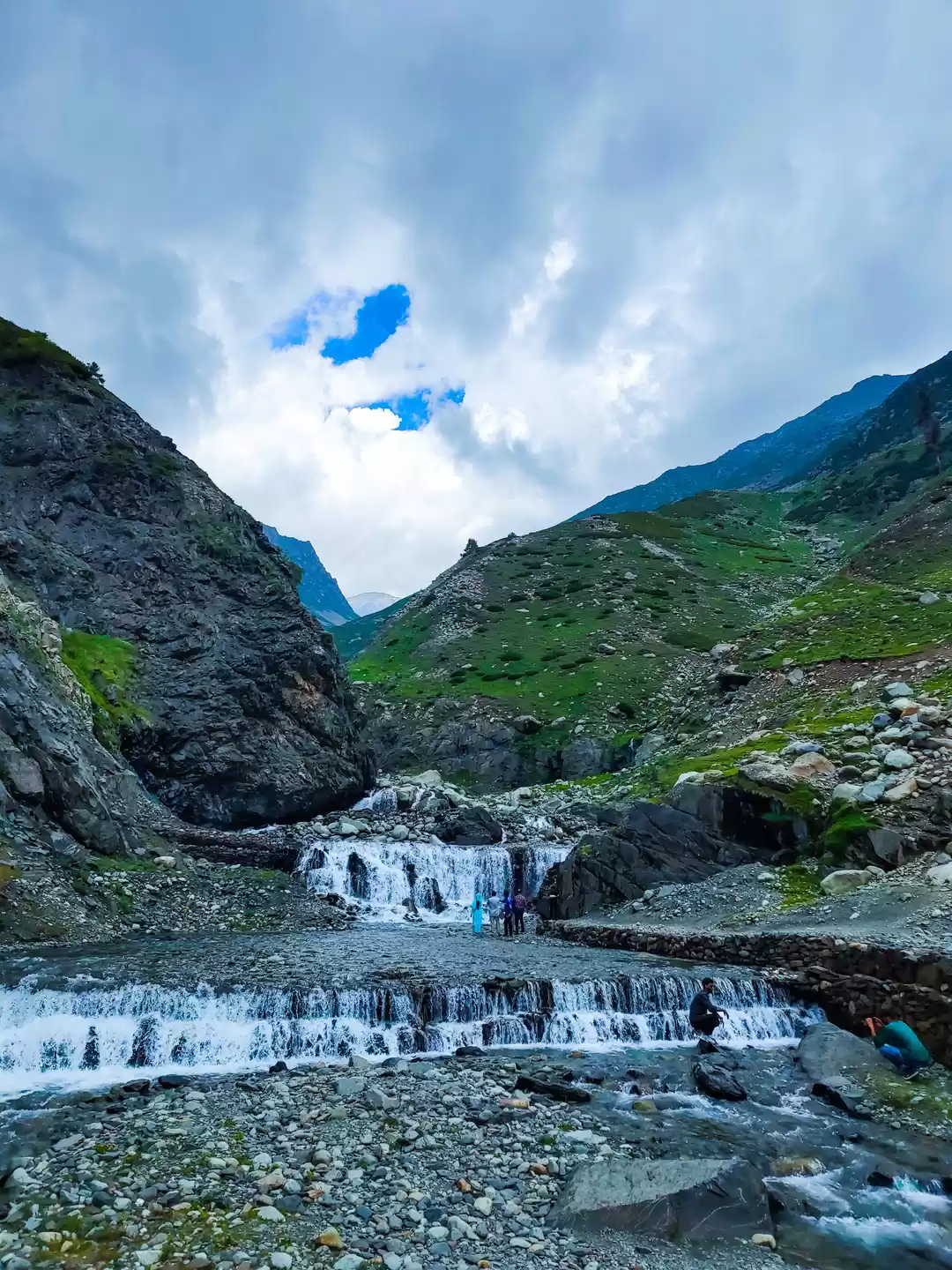
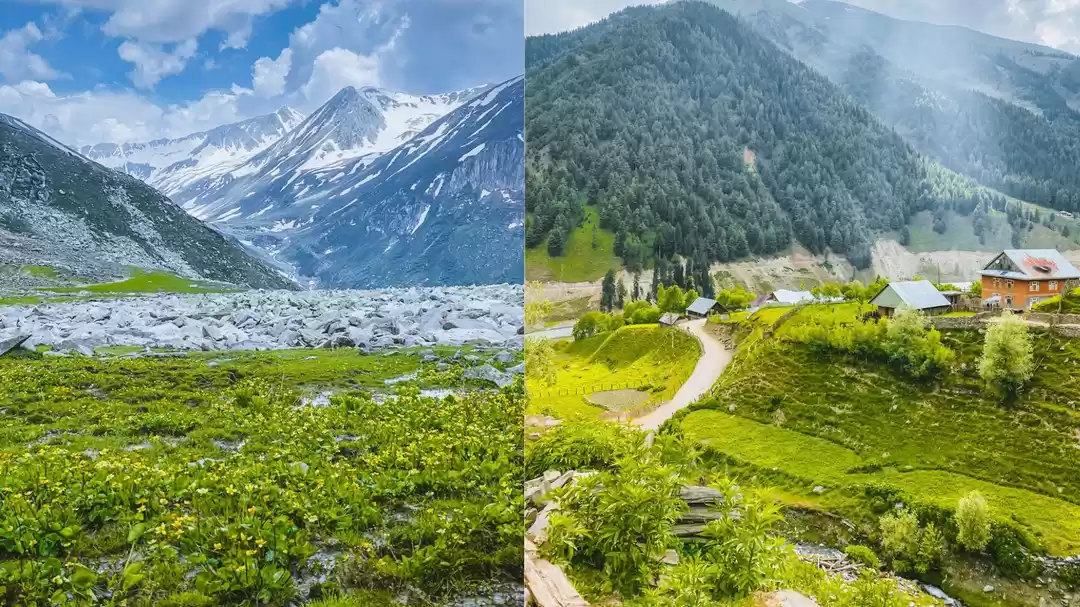
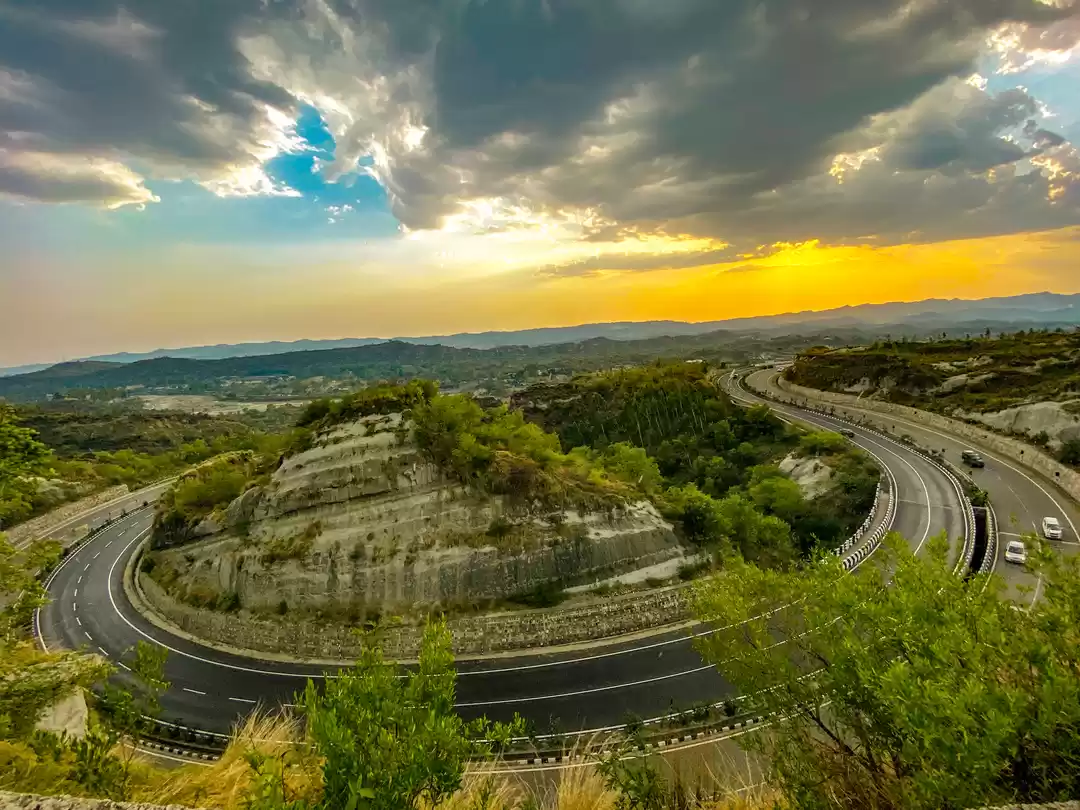
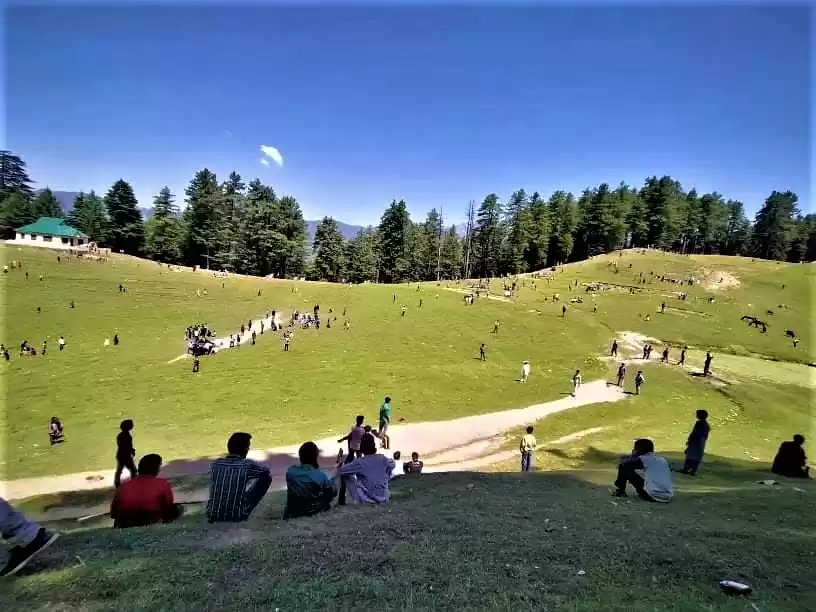
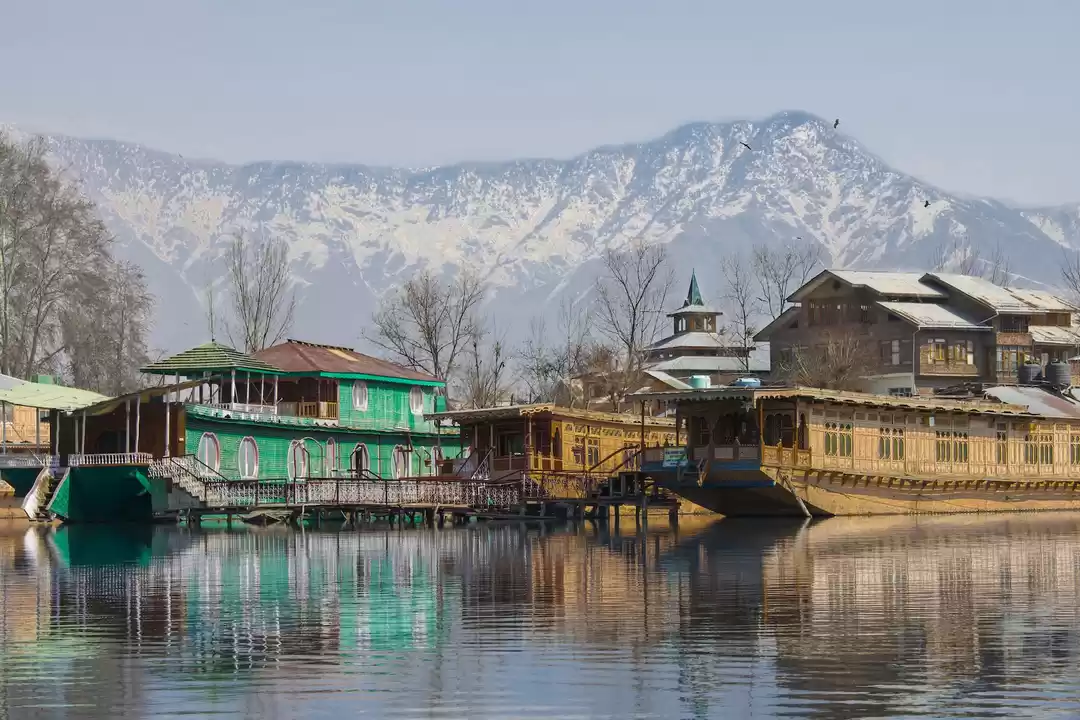
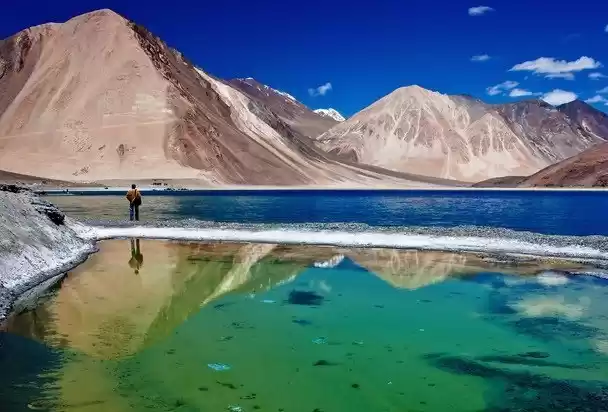
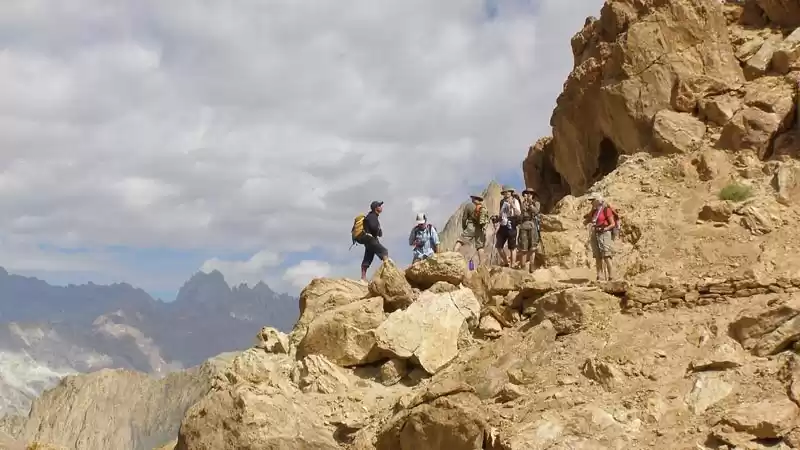
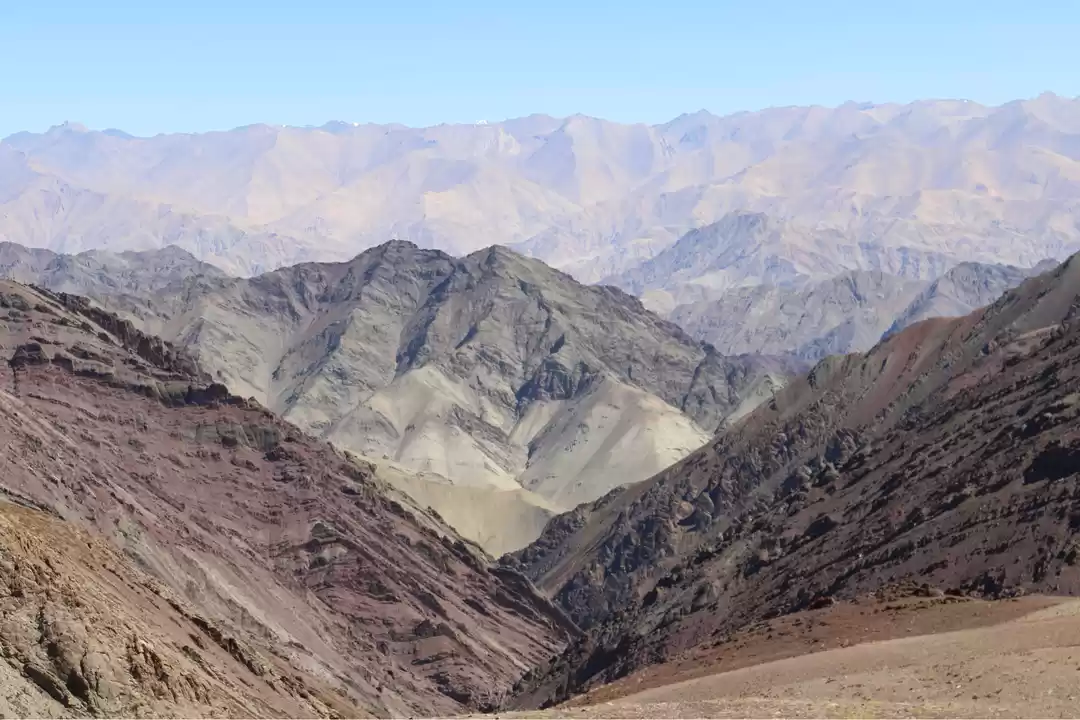
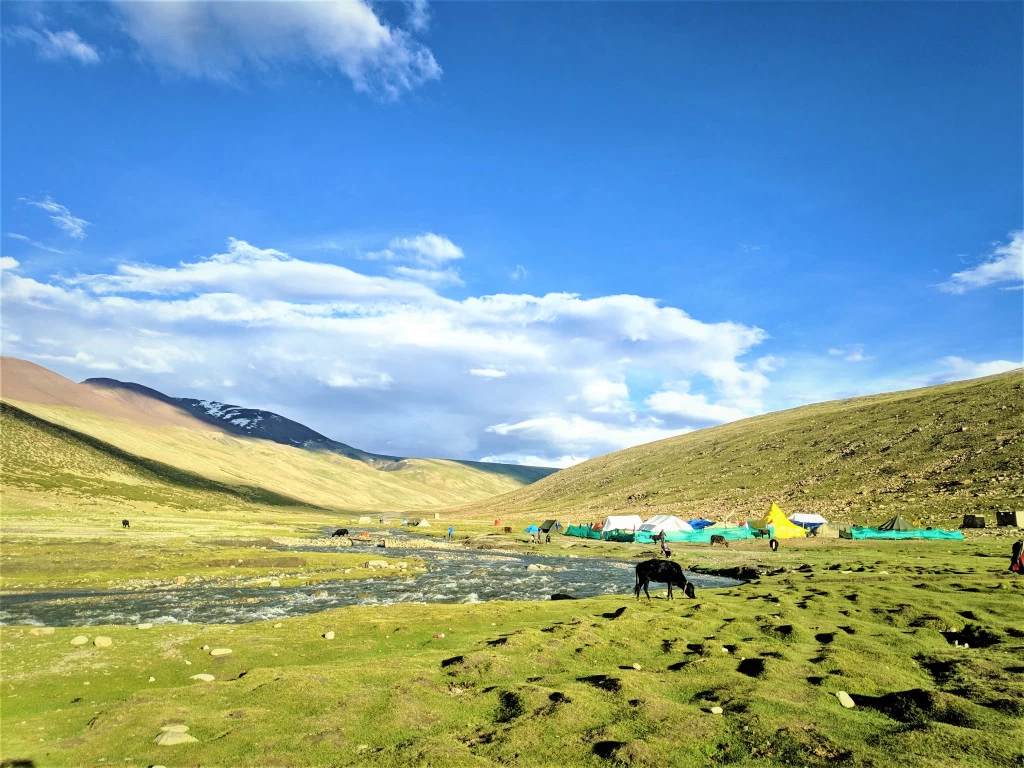
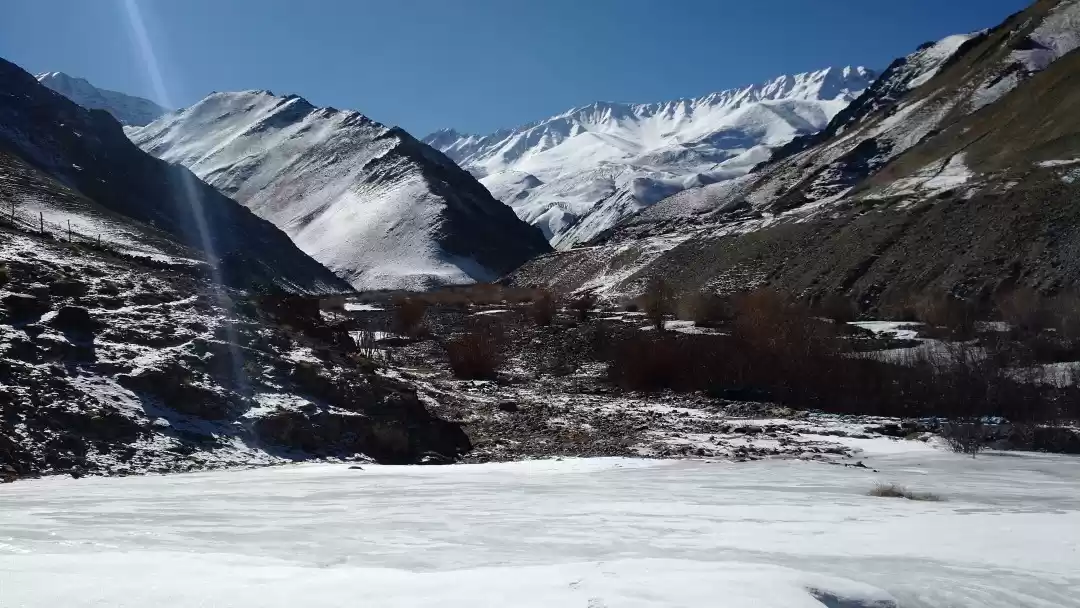

.JPG)
